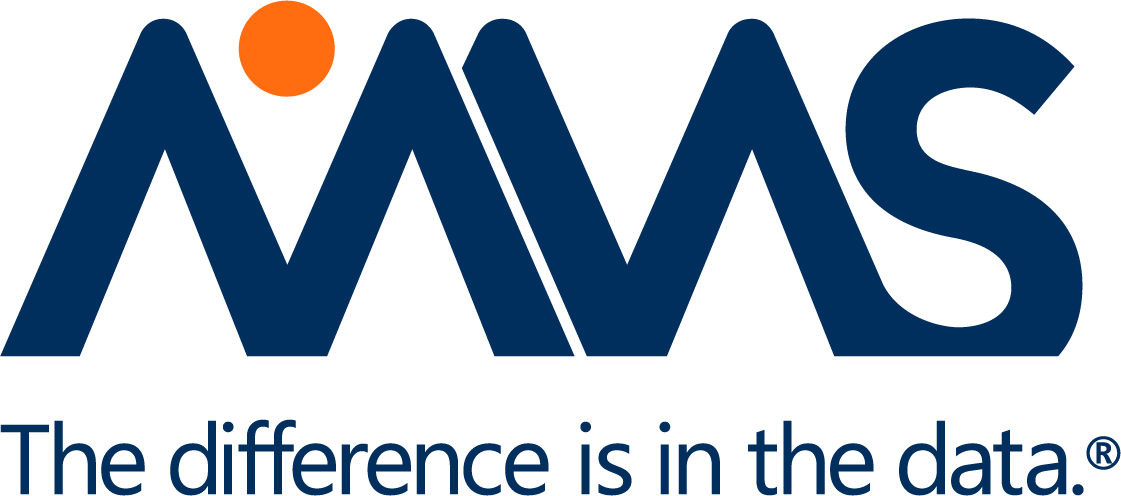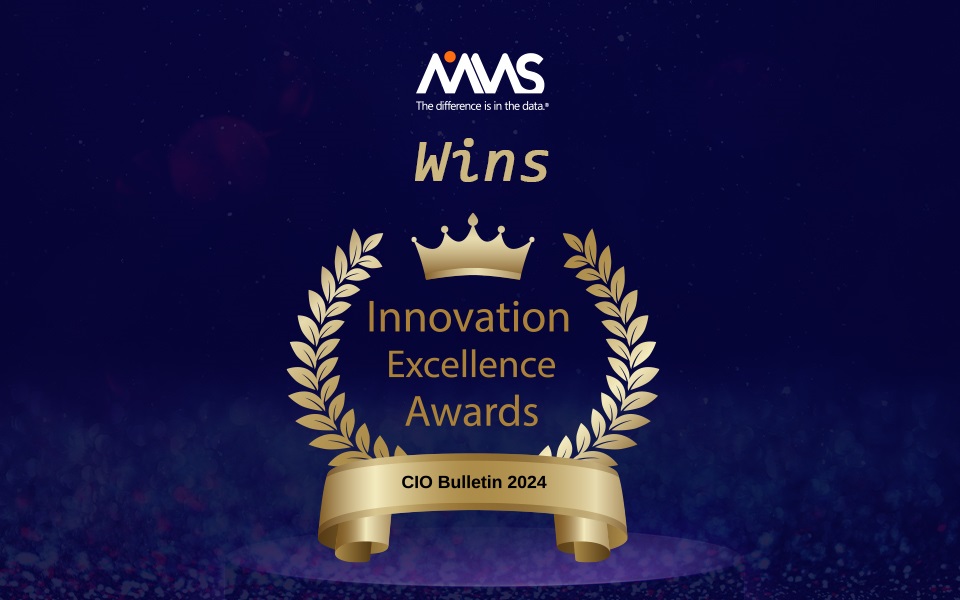The pharmaceutical industry—and healthcare in general—are in constant stages of innovation. According to the International Federation of Pharmaceutical Manufacturers & Associations, the number of new chemical or biological entities launched on the world market stood at 226 from the years 2011 to 2015, a 35 percent increase from the decade prior.
New technologies and digital transformations have greatly impacted how researchers developed new therapies in the 2010s, and the decade ahead shows even greater signs of innovation. Below, 12 experts from around the globe share their insights on what to expect in the 2020s from the pharmaceutical industry.
Changing research norms through real world data
The next decade of clinical research will see randomized controlled trials (RCTs) remain as the cornerstone of clinical research, but real world data (RWD) will be become increasingly important. Volume and variety of data—such as continuous monitoring, mobile and wearable health devices, genomics, and social media—will necessitate the development and acceptance of new approaches to data and associated analyses. The importance of the “magic” p-value of 0.05 will lessen as other approaches like Bayesian models and machine learning will gain acceptance. Rare disease studies will also become more common and less costly as new designs are embraced. The “-omics” (e.g. genomics, proteomics, metabolomics) will lead to increasingly personalized treatments as we better understand non-responders and drug allergies before exposing patients to ineffective treatments. The new roaring 20s will be an era of vast improvements in technology and treatments.
-Eric Harvey, Director of Biostatistics & Data Sciences (Clayton, North Carolina)
Collaboration is key
Data and all the promise hidden within is driving exponential outward expansion in the areas of expertise needed to stay relevant. “Big Data,” “Real World Evidence (RWE),” “Precision Medicine,” and others are current buzz words in the industry and all of them require willingness to collaborate. Historically, Pharma held its cards close and owned the expertise and products it needed. In the last decade, the theme was mergers and acquisitions in an effort to continue to “own the expertise.” That model is self-limiting and results in large organizations who are inherently complex due to size. Agility in the ability to shift development and technologies is critical in order to keep up as the industry and “what’s possible” is morphing and expanding with unprecedented speed. We’ve seen collaborations emerging recently and we’ll need that to continue – true collaborations – independent entities (not subsidiaries) working together toward the shared goal of evolving healthcare.
-Donnelle LaDouceur, Director of Functional Service Solutions (Canton, Michigan)
A more transparent future
Increased clinical trial transparency regulations and demands of ethical decision-making on behalf of pharmaceutical companies are trending globally and will dominate this decade. Health authorities in many countries have implemented stricter clinical trial transparency regulations, and many more countries are quickly following suit. Regulators in some countries are offering machine-to-machine data transfer/XML (file) uploads, leading towards a semi- or fully-automated “pharma world.” A combination of automation and the “3 Rs” (repurposing information, planning resources, and reorganizing cross functional teams), will be the most effective method to achieve timely and consistent disclosure of clinical trial information in the future.
-Kavita Verma, Senior Transparency Lead (Canton, Michigan)
Implementing advanced technology
As the average cost to develop a new drug is around 2.6 billion dollars, taking 10 to 15 years, the pharmaceutical industry’s greatest need is to adopt changes that will reduce failure rates, costs, and timelines. Innovative technology, regulatory landscape changes, and new commercial models will be major clinical research trendsetters in the 2020s. The advances in tech, like the Internet of Medical Things, robotic process automation, artificial intelligence, machine learning, and big data will add a new dimension to the ever-increasing inflow of data. These tech advances will also help explore new utilities in all phases of drug development. Expect the industry to embrace new tech aggressively and utilize data more creatively. The 2020s will witness an industry paradigm shift in areas like faster lead molecule identification, remote virtual clinical trials, virtual healthcare delivery, new trial designs, and advances in treatment.
-Naveen Gangarudraiah, Manager of Business Development & Client Relations (Bangalore, India)
Breakthroughs in data automation
The hottest trends in the 2020s will be digitization and automation. Advances in both areas are critically needed and will be transformational to the entire pharmaceutical industry. These will include improvement in the availability of clinical trial and health data, leveraging data for drug discovery, efficient clinical development, and virtual and synthetic controlled trials. The only significant limitation to the potential of digitization and automation is data protection, which may be overcome with novel technologies like blockchain. Another prediction is a shift in the focus of therapeutic area drug development. I expect a huge breakthrough in oncology products along with policy changes allowing more focus on development of infectious and rare diseases.
-Duane Robinson, Manager of Project & Account Management (Canton, Michigan)
Medical writing will see a lean approach
Over the past 10 years, we have seen regulatory medical writing as a profession become truly established. Many of the guidances and processes we use are now under the spotlight as industry leaders and writing organizations try to find new and more efficient ways of working. Over the next 10 years, we will see progress towards a really lean approach to writing and automation of many of the mundane or repetitious parts of our roles. Examples include automated narrative production, automated completion of non-data sections of the study report, and pulling data tables and figures directly into the report from TLFs. I also think we will see use of standardized text blocks for endpoints, procedures, and other study activities during study protocol development.
-Jim Newman, Senior Manager of Medical & Regulatory Writing (London, United Kingdom)
Personal devices and the decisions on data consent
The industry is moving toward value-based pricing and personalized medicine. In the next decade, we will see the implementation of remote patient monitoring via connected and wearable devices. These devices will gather patient-generated health data to facilitate disease management and patient engagement. Data from these digital tools will personalize care in a way that was not previously possible. More pharmaceutical firms and medical device companies are taking advantage of these platforms and will be partnering and integrating with technology businesses. Despite these advancements, patient data privacy will still remain an issue. Decisions on how to ask for consent to use data and the limits for which that data is used will be important questions in the 2020s.
-Toni Jone Faihst, Medical Writer (Bloemfontein, South Africa)
Adoption of Estimand framework
The Estimand framework outlined in a draft ICH E9 addendum on “Estimands and Sensitivity Analysis in Clinical Trials” is changing the mindset in clinical research. In most clinical trials, intercurrent events may change the course of treatment that can influence the estimation and interpretation of treatment effects. These events can be rescue medication use or treatment discontinuation due to lack of efficacy or adverse events. This new paradigm provides more transparency about treatment effects in the clinical trial protocol to address the scientific question of interest. As regulatory authorities adopt the Estimand framework, it is time for pharmaceutical companies and clinical research organizations to start implementing the concept of Estimand into the planning and implementation of clinical trials.
-Hung Lam, Principal Biostatistician (Oxnard, California)
Increased patient engagement programs
We will see a trend in 2020s toward increased transparency via returning clinical trial results to patients. The European Union’s Clinical Trial Regulation (EU CTR) will likely go into effect in 2020 or 2021 and will mandate that a “lay summary” be easily understood by a person reading at a 6th to 8th grade level and be submitted for all interventional trials that have been conducted in a European Economic Area country. This lay summary should be submitted alongside the more technical results summary and should serve to educate the patient as to why the trial was conducted and what the trial’s primary results. Although the EU CTR is not yet in effect, we are seeing more sponsors adopt a patient engagement program by which results are returned to patients, making it possible for them to take a more active role in the management of their disease or condition.
-Kasim McLain, Manager of Transparency (Raleigh, North Carolina)
Moving from service providers to partners
Over the past 20 years, we have seen drastic innovations across the pharmaceutical industry; however, key processes around contract research organization (CRO) relationship management have remained essentially unchanged. Starting in 2020, we will see a shift from the current transaction-based service provider model to an investment-based partnership model. In an effort to increase efficiency, many companies have moved toward a risk-based CRO management system, but this only addresses one main component, CRO qualification and oversight. Moving to a partnership model opens the door for collaboration including innovation, customer service, the ability to provide a competitive advantage, and commitment to mutually beneficial objectives. Building supplier relationships takes time and effort, but identifying CROs who are willing to operate based on shared values and negotiate as partners will reap long-term benefits that far exceed current CRO contracting models. This shift allows for improved governance and value-added metrics that focus on outcome-based results rather than metrics that merely measure arbitrary CRO performance. Collaborations and partnerships open the door to a world of possibilities and moves beyond simply ticking off boxes from a compliance checklist.
-Jessica Alamdari, Manager of Operational Quality (Canton, Michigan)
Patient benefits triumph
There are three key trends to watch out for in the 2020s, all grounded in patient benefits. First, automation will be used to speed up the drug discovery process and ultimately get new medicines out to patients. Second, patient engagement and focus will be the main focus of drug development. This trend appeared in the previous decade, but we’ll see more effort in the 2020s to increase patient engagement and recognize their service as an important player in the history of drug development. Third, transparency will continue to evolve from the 2010s. Expect to see new and expanded regulations in the areas of document and dataset publications. What ties these three trends together is a true patient focus. Faster drug development, increased transparency, and more engagement all benefit those who make our work as drug developers possible.
-Regina Parott, Associate Director of Medical Writing & Transparency (Canton, Michigan)
Watch the expansion of wearables
Today there is an app for nearly anything imaginable. This digital energy is being harnessed in wearables, like the Apple Watch, that have the potential to improve a user’s mental and physical health. While users can check and respond to texts and emails on these devices, some of the best features are health related. Users can track their heart rate, blood pressure, calories burned, and sleep, in addition to receiving pill reminders, log exercise activities, and be connected to medical emergency contacts. These are only some of the features that could support healthy lifestyle changes, which in turn could increase compliance with treatment plans. With better overall mental and physical health, there may be the potential to improve the effectiveness of medications being taken. These wearables will be an ever-evolving trend in the 2020s.
-Ranjana Sundara, Medical Writer (Canton, Michigan)





